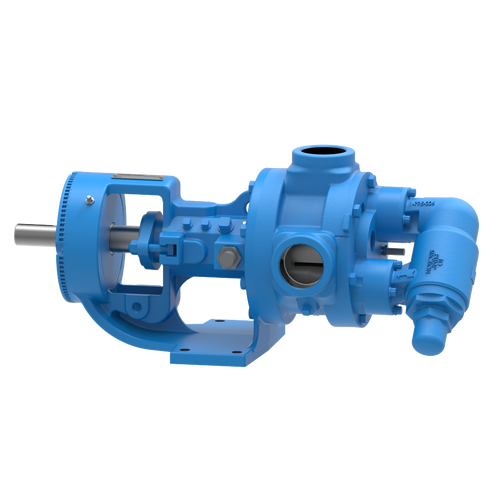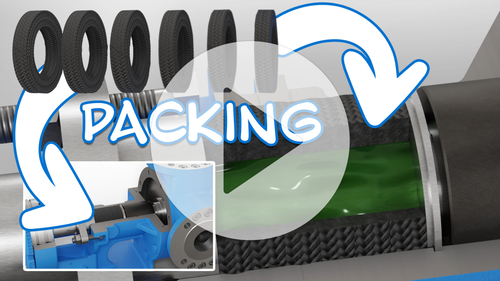
Filled Asphalt
Filled Asphalt
Custom Content One
Positive displacement gear pumps are particularly well-suited for transferring filled asphalt due to their robust construction and ability to handle highly viscous and abrasive materials with ease. These pumps operate by trapping a fixed volume of asphalt and then displacing it through the system, ensuring consistent and precise flow rates even with the thick, gritty texture of filled asphalt. The interlocking gears within the pump create a seal that minimizes leakage and maintains pressure, making them highly efficient for moving asphalt without degradation or separation of the fill material. Additionally, their durable design can withstand the harsh conditions and high temperatures often associated with asphalt transfer, reducing maintenance requirements and ensuring longevity in demanding industrial environments. This makes positive displacement gear pumps a reliable choice for industries looking to optimize their asphalt handling processes.
Recommended Pumps
-
324A Series™
- Cast Iron
- Packing
- 500-1600 gpm | 114-364 m3h
-
124E SERIES™
- Cast Iron
- Packing
- 320-1600 gpm | 114-364 m3h
Articles / Case Studies

The terms bitumen and asphalt are often used interchangeably, but they are two completely different materials, causing confusion inside and outside the industry. Throw in regional differences in meaning and language, and it’s time to set the record straight, along with tips on bitumen pump selection.

Viscosity is a measure of a liquid’s resistance to flow. And you don’t need to work in a laboratory to observe this. Anyone who’s spent any time in the kitchen has observed a variety of liquids with a wide variety of viscosities.
Videos
- How Pump Packing Works - AnimationIn this video, learn about pump packing and how it works.March 14, 2025
- Welcome to Viking Pump's Machine ShopThis is Viking Pump’s machine shop in Cedar Falls, Iowa. Continual investments in machines and people simplify and expedite production – enabling shipment for thousands of products every year.February 28, 2025



